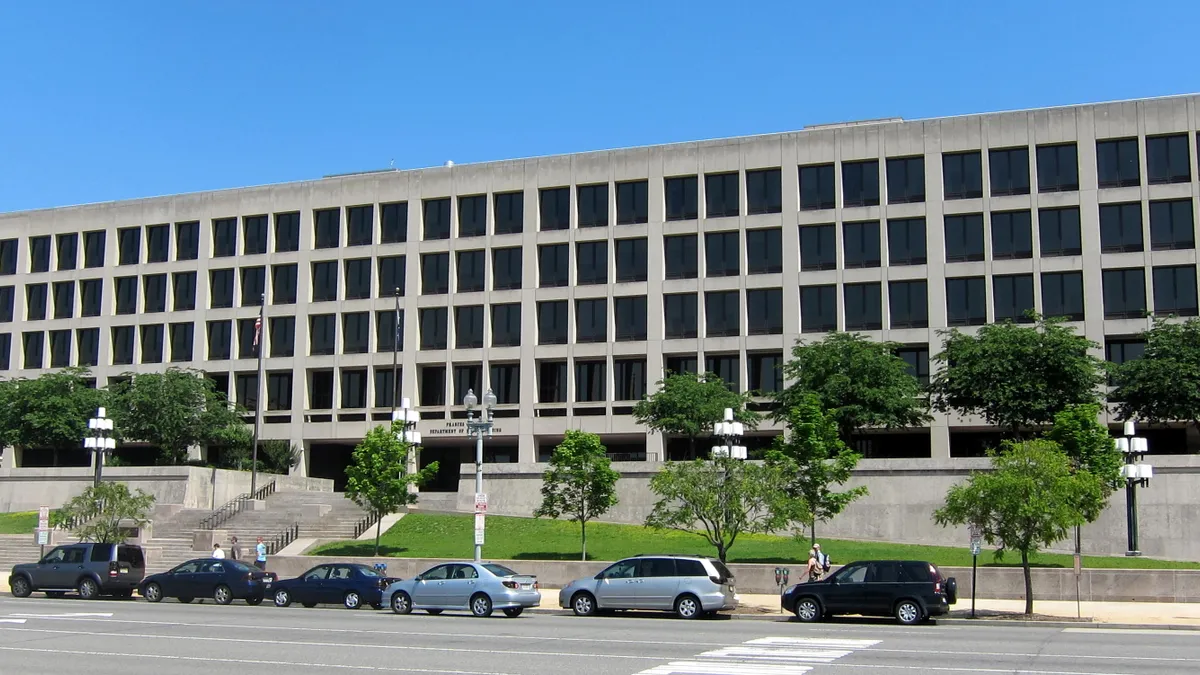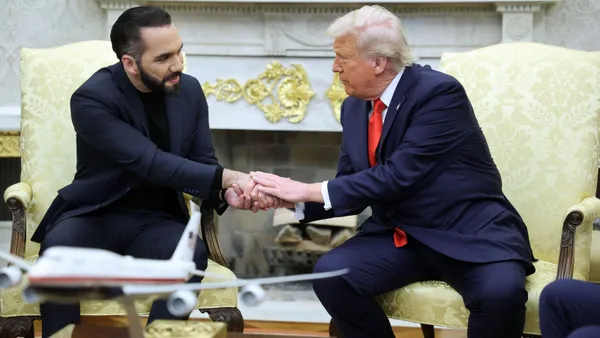Dive Brief:
- The U.S. Department of Labor (DOL) will soon propose a $35,000 salary threshold for overtime pay requirements, Bloomberg Law reports, citing an unnamed agency official.
- The rule implements the Fair Labor Standards Act (FLSA) and sets a threshold below which employees must receive time-and-a-half pay for hours worked beyond 40 in a workweek, regardless of their duties. The reported dollar figure is lower than that proposed by the Obama administration — $47,476 annually. The change was set to take effect in 2016 until a federal judge enjoined the rule.
- A formal Notice of Proposed Rulemaking (NPRM) is expected to appear in the Federal Register any day as DOL said it would propose rules in March 2019 and sent a proposal to the White House's Office of Management and Budget for review in January.
Dive Insight:
The news remains unofficial at this point, and a DOL spokesperson could not confirm any of the information in the Bloomberg report. But employers have been waiting for clarity on the issue for years, and such an increase from the current $23,660 threshold, however modest, would drastically expand overtime eligibility among U.S. workers in various industries.
A $35,000 threshold would leave out over half of the workers who would have been granted new or strengthened overtime protections under the Obama's administration's threshold, according to Heidi Shierholz, chief economist for the Obama administration's Labor Dept. under Secretary of Labor Tom Perez. Shierholz, who is currently an economist for the think tank Economic Policy Institute, said in an interview that the number of workers left out is preliminary, but is also based on a replicated version of the calculation process used by DOL. In 2016, DOL's Economic Impact Study of the rule indicated 4.2 million workers would be directly impacted by the increased $47,476 threshold, while 8.9 million would have received "strengthened protections" from the new rule.
Regardless of the final rate chosen, judicial challenges are likely to beset new regulations, as was the case with the Obama-era regs. The NPRM also will be subject to a public comment period, meaning any final changes are at least months away. Some experts have expressed concern that this delayed rulemaking, or even the delayed implementation of a new rule, could result in the $47,476 threshold appearing back on the table after 2020, an election year.














